|
This week's newsletter has been translated into Spanish by Ed Campos, Jr. Make sure you check it out and tell him thank you on Twitter. The link to share is bit.ly/TTMspanish41
Joshua Zagorski is a father of two wonderful boys and, like many of us, likes to engage in math-based conversations at home, even if it's while preparing lunches in the morning. He has come aboard the helm of the newsletter this week to share with all of us. Take a look and try it out with your own child(ren): It was the end of spring break and it seemed my wife and I had forgotten to purchase new water bottles for our sons’ (K & 2nd grade) lunches on the first Monday back to school. When I realized the situation we were left with in our cabinet (see the picture above), I decided to have a little fun with my sons. After calling them down to help pick out items for their lunch, I asked them the following question: Which water bottle do you want in your lunch tomorrow? Immediate arguing ensued over the taller water bottle. I could not help but laugh and follow up with: Why do you both want that water bottle? Both boys agreed on one thing, “it was the bigger one.” The math teacher in me continued to prod with questions: How do you know it is larger? After hearing a third question from myself, my second grader knew I was up to something and asked a question back: Which bottle holds more water? I was half tempted to rip off the labels at this point but decided that may be taking it too far. Instead, I grabbed the bottles and put them up on a higher counter. My sons and I briefly discussed ways we could tell which bottle held more water without reading the label. My older son guided my younger son and insisted the best way to tell would be to pour both of the bottles into two different plastic cups. The cup or cups that had more water would “win.” This was the point of the conversation where I knew he understood the basic concept of volume. On this day, we did not complete the experiment to its capacity and instead explored both labels. Even after reading 10 oz on both bottles I watched as both my sons worked through the idea that different shapes could hold the same volume. This five to ten minute conversation was an essential piece to their math journey. Without using fancy math words, or being in “math class,” my sons were exposed to an authentic math activity. They experienced comparing three dimensional shapes (K math standard) and its attributes. The fact competition and debate were involved helped enhance the discussion. Have an older student and like the above image? I would love to explore the question: Which bottle costs more to produce? Everyday life experiences can lead to impactful math conversations.
0 Comments
This week's newsletter is also available in Spanish, thanks to Ed Campos, Jr. Make sure you tell him thanks and share the link with friends: bit.ly/TTMspanish40
Math tends to come with some shortcuts, easy ways to remember things, or "tricks" to abide by. This week, I brought in Tina Cardone, author of Nix The Tricks and all-around amazing person, to share her thoughts on the matter: Have you seen people using their fingers to multiply by nine? There’s this trick where if you put down the finger corresponding to the other factor, you can read the product off your remaining fingers. Fingers to the left represent the tens place digit and fingers to the right represent the ones place digit. If you or your child haven’t seen this trick before take some time to play and verify that it really works. Then ask kids’ favorite question - why? Ask your child to do some observing and look for reasons behind the patterns. It might help to write down the numbers to be able to see a pattern. 9 * 1 = 9 9 * 2 = 18 9 * 3 = 27 9 * 4 = 36 9 * 5 = 45 9 * 6 = 54 9 * 7 = 63 9 * 8 = 72 9 * 9 = 81 9 * 10 = 90 The big idea here is that we have ten fingers and a base ten number system (every time you count to ten you start over in the ones place). Using the idea of "nine is one less ten" we can figure out that every multiple of nine will be that many less than the decade number (multiple of ten). For example: 10 x 3 = 30 so 9 x 3 = 30 - 3 = 20 + 7 Putting down your third finger leaves two fingers to the left (twenty is the decade number less than thirty) and 10 - 3 fingers to the right (you have ten fingers! Your fingers show you the seven.) Try it out for some other multiples of 9. Get it now? Every time I see a math trick, first I verify that it really works and then I ask why. Asking “why?” is what math is all about! Once you’ve figured out the reasons behind a trick, you can rename it a strategy. There are lots of tricks that people use in math class without understanding the math - so many that I wrote a book about them called Nix the Tricks. If you’re interested in turning more tricks into strategies, check out the free download. Thank you to Ed Campos for translating this week's newsletter into Spanish. Check out the link and make sure to thank Ed: bit.ly/TTM38spanish Growing up, I was awful at Origami. If it meant folding a paper into a cool design so I could pass a note during class, that was one thing. Sitting down in an art class and folding paper for a purpose, though, was a major challenge. Recently, Nalini Joshi shared a tweet about Mathigon and I just had to share it with you. When you go to mathigon.org/origami, there are a ton of beautiful creations that are laid out for you to try... FOR FREE. They start out rather simple (well, relatively) as you can see in the image above. If you click on any of the images on the site, you can download the "net" and print it out. The net of a 3D object is a diagram of all facets (or faces) laid out flat. This makes life a little easier when trying to fold that thin sheet of paper into something beautiful that you and your child can be proud of. When you finish with some of the first few shapes, you need to try at least one of these: There are more, and they get even more complex. So, here's what you need to do: find a printer and run off a few copies of some of the more basic nets. Then, pick one of the "Archimedean Solids" and run off a few copies of it. I say a few copies because there's a good chance that the first attempt is not going to be a success... and that's alright.
Here are some things to keep in mind when trying Origami at home: This is designed to be fun. If it isn't fun, stop. Come back to it later. Maybe start with something more basic, then gradually move up to more complex designs. There is no way (that I know of) to cheat. Use whatever resources you can to get to the final product. It's OK to not be perfect! Oh, so your design doesn't look like the impeccable model in the picture? Totally fine. Maybe it's something that you laugh about, how far off it is from what "it's supposed to look like" before moving on to something else. There is a lot of math involved. Included on the website is a two page explanation of the math behind Origami and it's work checking out. If it's too intense, that's fine. Just know that some beautiful mathematics pops up from the art. This week's newsletter is also translated into Spanish from Ed Campos. Give him a follow on Twitter and share the link with your friends: bit.ly/TTM37spanish
You probably already know this, but the Internet is an amazing (and intimidating) place to be. For kids looking to feed their curiosity, online games are especially popular. This week, I wanted to share my favorite place to go for high quality games: mathmunch.org/games No matter how old your child is, and no matter your level of math comfort, there is a game for you and the family to play. With 34 games currently shared on the webpage, you are certain to have a good time and can take comfort in the fact that the team at Math Munch have vetted the games for value and relevance. With that said, there are some pointers that I recommend: Playing the game with your child. Opening up the browser and walking away has much less value than sitting down and taking the time to talk through strategies, share new ideas, and bond over the successes and failures. Limiting the time on the game. Have you ever played a game for so long that you lost track of the clock? No? Just me? OK, well let me tell you that it's easy to do, especially when you're focused. If you and your child set a time limit, you can pace yourselves and ensure a meaningful interaction. Having fun! Games are intended to be fun, and they're more fun when playing alongside someone you love. If a game gets too frustrating or overwhelming, talk through it, then move on. Put the device away. Come back to it later. There's no need to create tension in something designed to bring people together.
This time of year, the weather starts playing tricks on us. One day, it's snowing; the other, warm and sunny. What gives?!
The above tweet from a weatherman in Maine, originally retweeted into my feed by Tracy Zager, demonstrates an incredible question based on weather patterns. Why doesn't 43 degrees Fahrenheit feel half as warm as 86 degrees Fahrenheit? Would it be different in Celsius? Here's another example with a bit better shorts-and-flip-flop outlook (sorry if you're in a place where it isn't warm and sunny):
What is the difference in the high temperature and low temperature on Sunday, April 23rd?
Why are the highs expected to fluctuate so much, but the lows remain fairly consistent? Does the wind speed have an effect on how warm it feels outside? Yes, these questions can be answered with the help of science, and that's perfectly fine. Here's my challenge to you as a parent or teacher: take a screenshot of the 7 (or 10) day forecast in your area and ask your child(ren) what questions they have. Pick one or two, and work to answer them. Then, when you're done, send me the image on Twitter or email. Thank you to Ed Campos for translating this week's newsletter into Spanish. For the link to share, please use bit.ly/TTM35spanish Have you seen that Table Talk Math is now a book and available on Amazon? Check it out and let me know what you think! If you'd rather get a free copy, email me or Tweet me your solution for one of the challenges, along with how you and your child worked through the problem(s); I'll pick at least one subscriber and send you a copy of Table Talk Math! OH NO! I bought tile to upgrade my bathroom floor, but forgot the tape measure at my friend's house. Can you help? How many tiles would it take to cover the floor from start to finish in the image above? I'm wondering, though, how did you come up with your solution? Sure, you can space it out by looking at your screen. You can eyeball it and estimate, but you're bound to spend too much or--worse--not enough on tile. If you want a little more help, and have a Google account, you can use this Google Drawing from which the image was created. All you need to do is go to Filer and Make a Copy. Want my solution? Email me and I'll share what I did, but only if you share your strategy! Ok, so that was fun, but how about stepping it up? How many of these tiles would it take to cover the grey floor completely? Again, if you want the Google Drawing of this, follow the link. Want the solution? Send me yours via email, comment on this blog, or Twitter.
|
Details
AuthorJohn Stevens is working to give parents ideas on how to have mathematics-based discussion at home. Archives
May 2018
Categories |

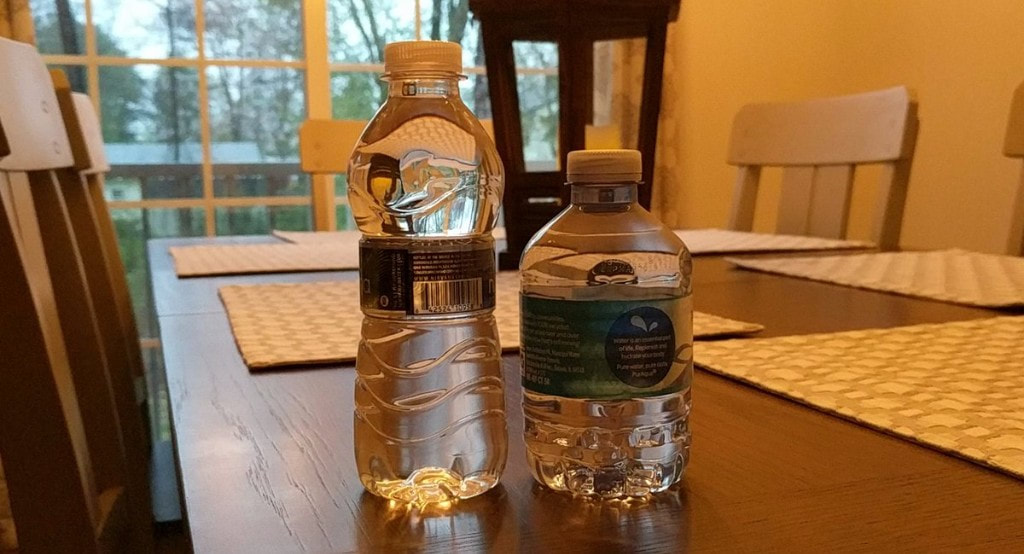
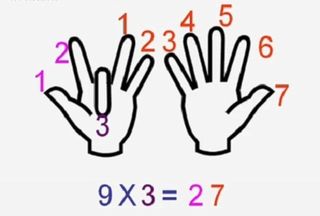
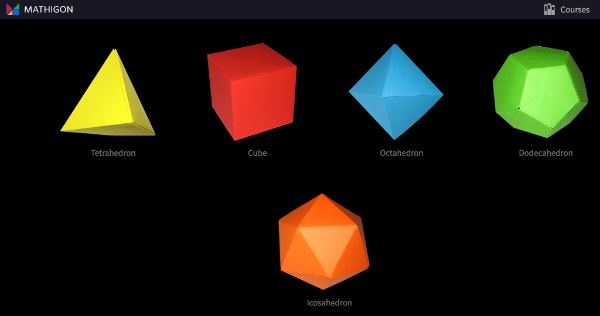
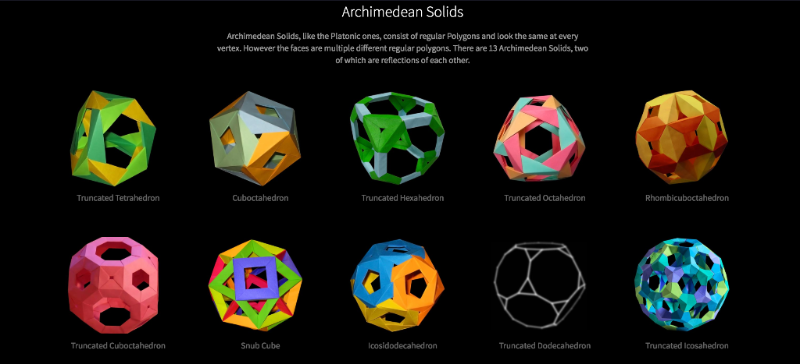
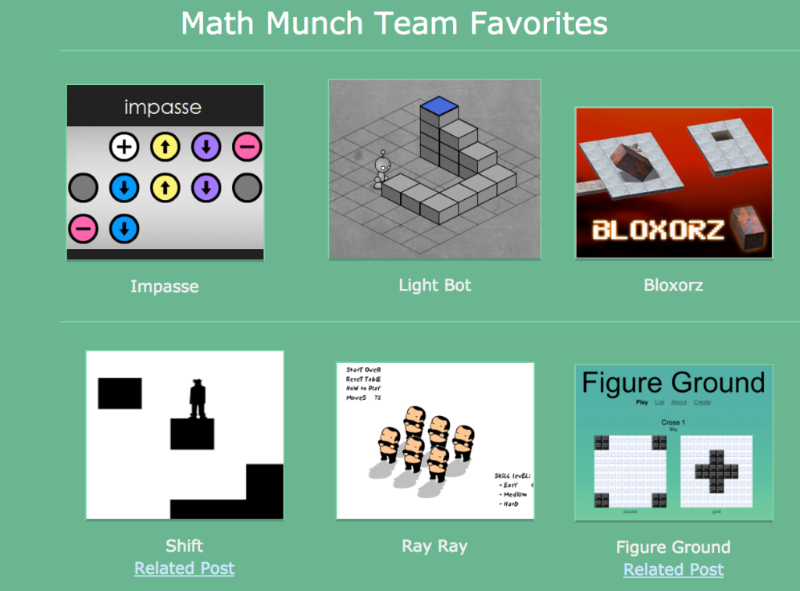
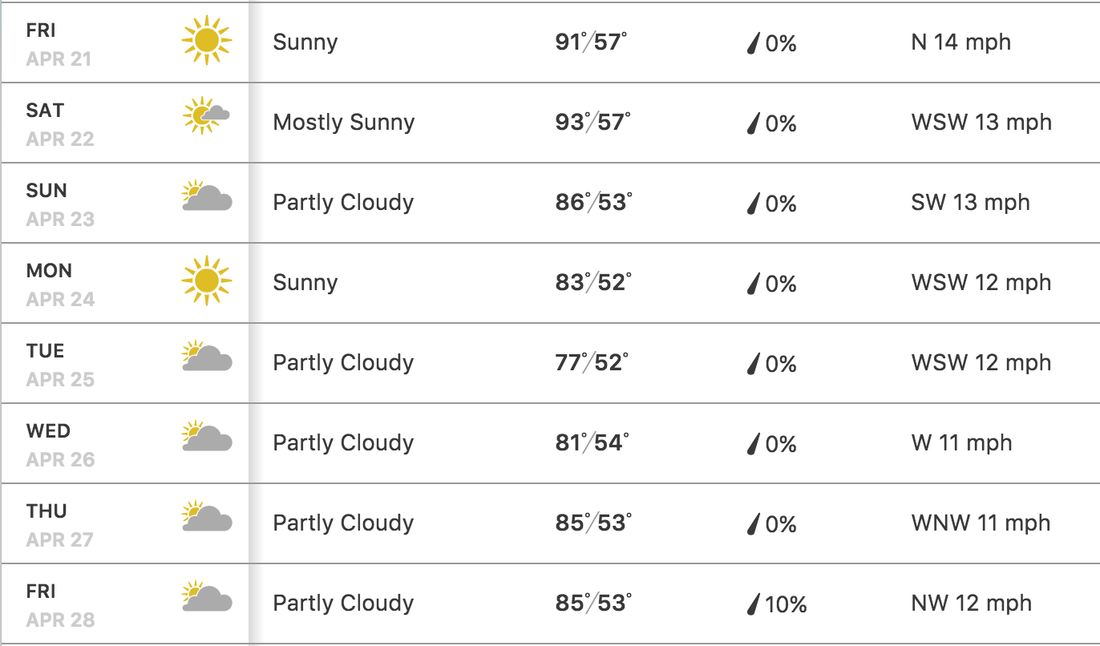








 RSS Feed
RSS Feed